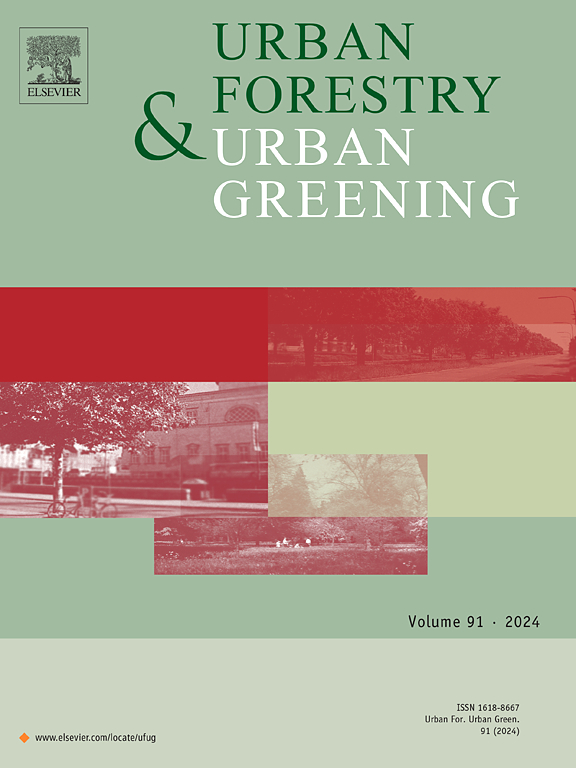Development of an artificial intelligence model for CFD data augmentation and improvement of thermal environment in urban areas using nature-based solutions
IF 6
2区 环境科学与生态学
Q1 ENVIRONMENTAL STUDIES
引用次数: 0
Abstract
Heatwaves have a significant impact on urban areas, driving efforts to mitigate the urban heat island (UHI) effect through green infrastructure and sustainable planning. By integrating computational fluid dynamics (CFD) with digital twin technology, this study evaluates the effectiveness of climate adaptation infrastructures in urban areas. However, applying digital twin technology for UHI analysis and integrating data into actionable insights faces challenges due to long simulation times and focus of analysis. This study aimed to mitigate the societal impacts of urban heat islands and address the gaps in existing research and technology. A new machine learning model was developed to improve the urban thermal environment by optimizing green spaces and combating urban heat islands in densely populated cities, by integrating artificial intelligence (AI) and digital twin technology. Combining the strengths of Random Forest and XGBoost, the model was trained and tested on a dataset derived from CFD simulations to identify effective strategies for urban green spaces allocation. The primary results of the study are divided into three parts. First, a high-precision model for data augmentation and green space optimization was developed using machine learning. Second, the developed model reduced the time required for CFD simulation analysis from over 400,000 h to less than 1 h. Finally, the study found that the strategic placement of green spaces could result in approximately 1 % of the total urban area temperature. The results highlight the importance of strategic planning in the distribution of urban green space for effective mitigation of heat islands. The proposed model can be used as an efficient tool for sustainable urban development and is consistent with the overall goal of creating more livable and climate-resilient cities.
求助全文
约1分钟内获得全文
求助全文
来源期刊

Urban Forestry & Urban Greening
FORESTRY-
CiteScore
11.70
自引率
12.50%
发文量
289
审稿时长
70 days
期刊介绍:
Urban Forestry and Urban Greening is a refereed, international journal aimed at presenting high-quality research with urban and peri-urban woody and non-woody vegetation and its use, planning, design, establishment and management as its main topics. Urban Forestry and Urban Greening concentrates on all tree-dominated (as joint together in the urban forest) as well as other green resources in and around urban areas, such as woodlands, public and private urban parks and gardens, urban nature areas, street tree and square plantations, botanical gardens and cemeteries.
The journal welcomes basic and applied research papers, as well as review papers and short communications. Contributions should focus on one or more of the following aspects:
-Form and functions of urban forests and other vegetation, including aspects of urban ecology.
-Policy-making, planning and design related to urban forests and other vegetation.
-Selection and establishment of tree resources and other vegetation for urban environments.
-Management of urban forests and other vegetation.
Original contributions of a high academic standard are invited from a wide range of disciplines and fields, including forestry, biology, horticulture, arboriculture, landscape ecology, pathology, soil science, hydrology, landscape architecture, landscape planning, urban planning and design, economics, sociology, environmental psychology, public health, and education.
 求助内容:
求助内容: 应助结果提醒方式:
应助结果提醒方式:


